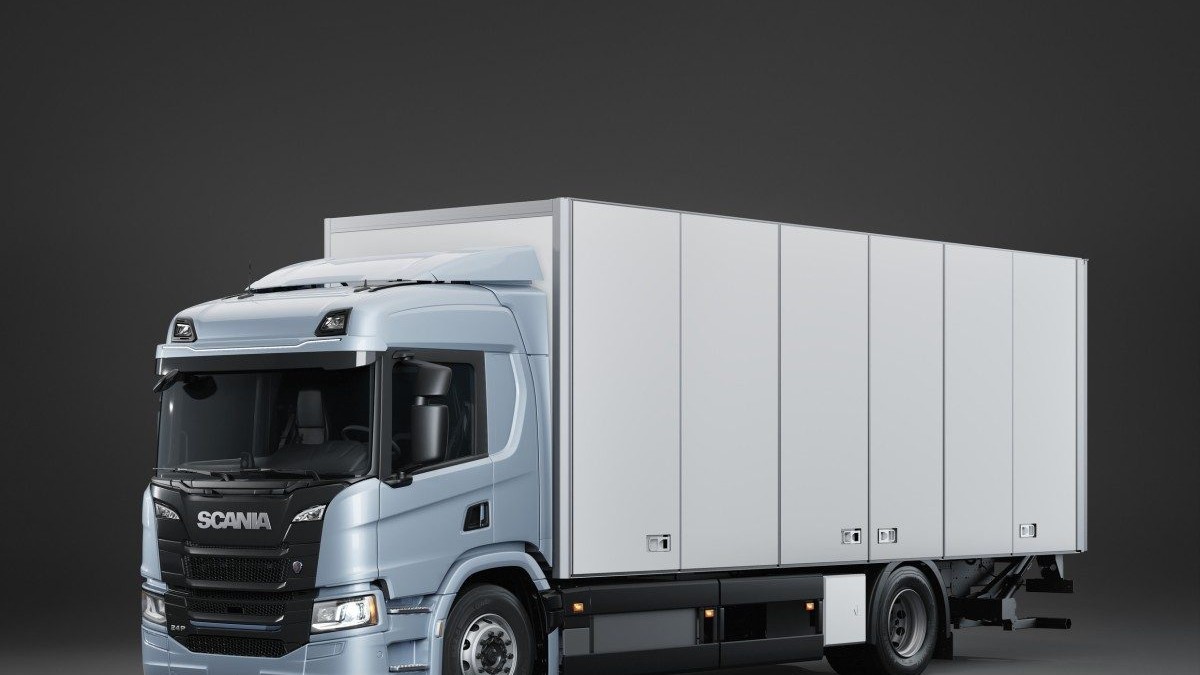Scania adds more solutions to electric truck range

Scania is continuing to expand its offering regarding battery-electric vehicle trucks by introducing more electric machines, axle configurations and cab alternatives, plus a number of power take-off solutions.
“We are steadily adding more and more customer value and specification choices with our continuous introductions,” said Fredrik Allard, senior vice president and head of e-mobility at Scania.
“And the customers reward us with increased interest since it is now obvious how well these trucks serve and behave in actual operations and how truly appreciated they are among drivers. We constantly hear stories about drivers that were sceptical at first, but then fell in love with their electric trucks.”
Part of the expanded offering includes a tandem bogie axle for BEVs, enabling tippers, hook lifts, concrete mixers and a number of other rigid-based applications to be specified without having to sacrifice traction or load-carrying capacity. This goes hand-in-hand with Scania also introducing a number of different power take off-solutions for powering hydraulics or other bodybuilder equipment.
In addition, the two versions – 210kW and 240kW – of the electric machine EM C1-2 that are now being introduced have a perfect fit with certain construction-oriented operations, since the power levels are right on spot (285hp or 326hp) with the typical specification for trucks used by municipalities. The EM C1-2 is physically shorter than its more powerful siblings, which opens up space for batteries and/or equipment such as supporting legs.
“It is the 9-litre engine equivalent if I were to do a diesel comparison,” said Allard. “It’s the kind of electric machine that fits in an endless number of operations by being light and flexible, yet also powerful. It has one single permanent magnet, two gears and is really ‘torquey’ for its size. It offers driveability and the smoothness that drivers have come to expect from electric powertrains.”
The market for electric vehicles is maturing faster in some areas than others. Most of this is related to the availability of a charging infrastructure (and access to power supply).
“It’s a common misconception that charging is more complicated than it actually is,” said Allard. “Many customers will do fine with a standard depot charging solution that we can guide them in designing and building.”
Allard said the transition towards electrification is imminent.
“The reasons not to transform are rapidly being ironed out while more reasons for switching to electric trucks appear before our eyes every day,” he said.
“Add to that the demands from legislators, transport buyers and the fact that BEVs are loved by the drivers and it becomes obvious why electric trucks are about to dominate our industry.”





